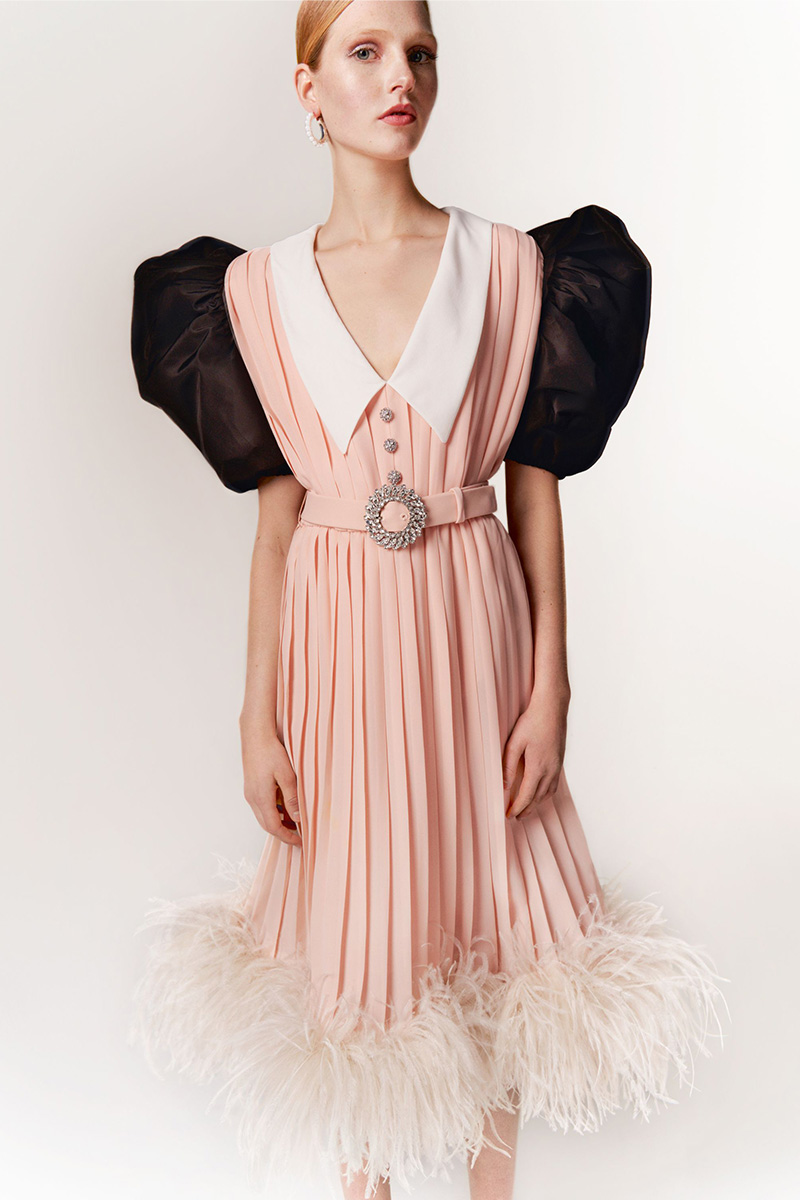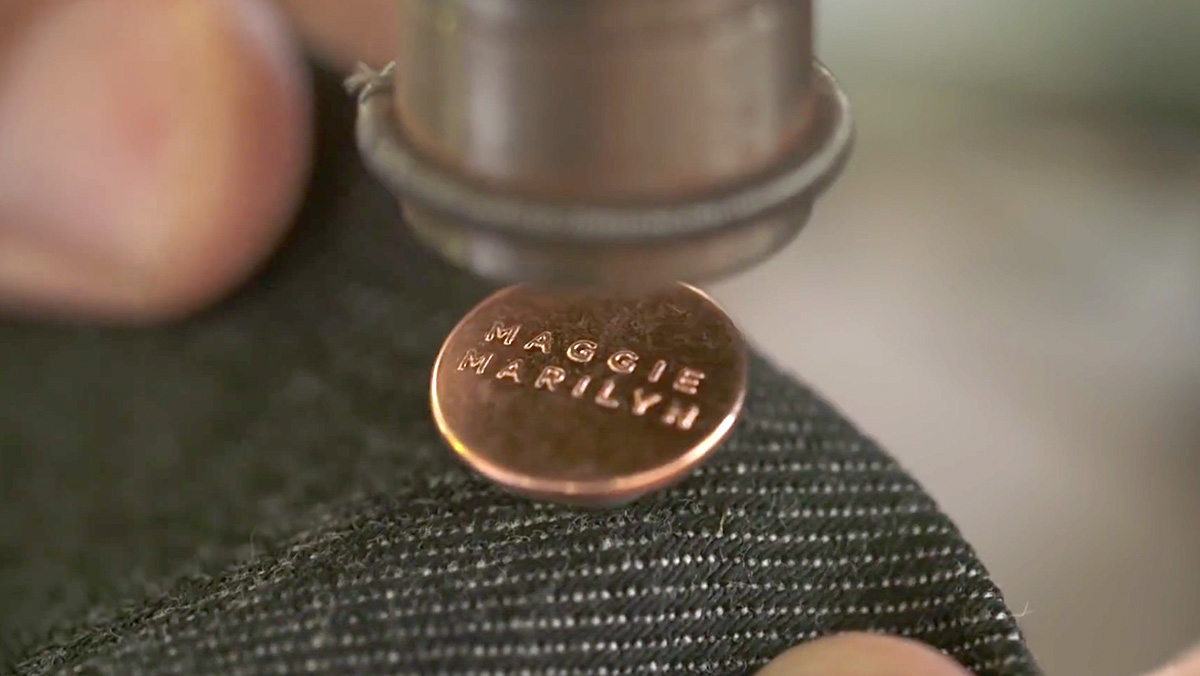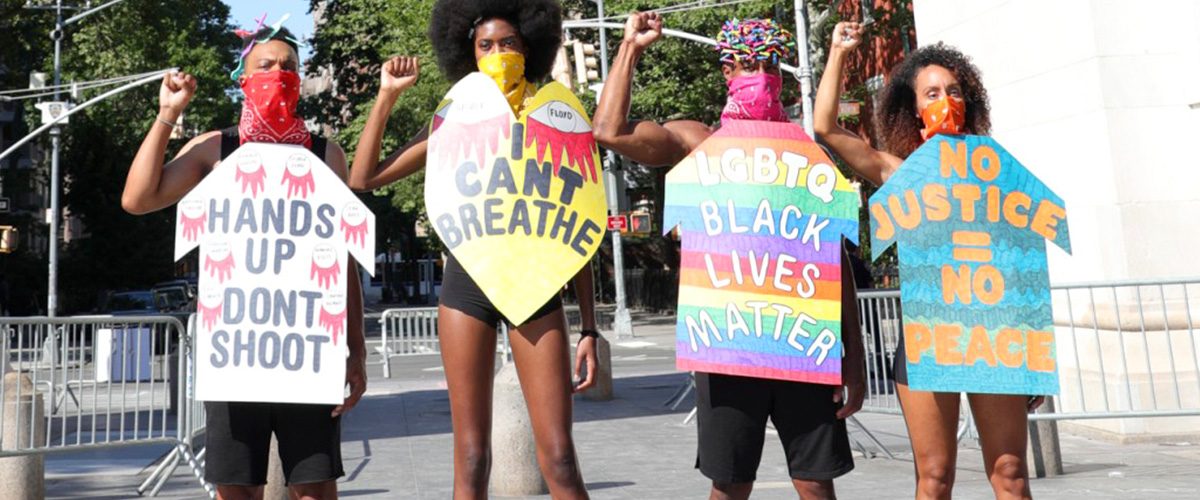2020 was a strange year. After the first Fashion Month in February, when the pandemic was but a whisper, everything — fashion included — pivoted. When we look back at the fashion trends of 2020, we think of designer facemasks, the Nineties nostalgia revival, and wearing tracksuits day after day and not caring. But the important fashion trends of 2020 come from the concept a better society and of ethical and sustainable clothing. They are found in emotion, creativity, freedom, community, conscience and inclusion. It’s about staying home but showing up, looking to the future and being grateful for what we have.
If anything, the pandemic taught us about our consumption habits. It seems that through this crisis, we have been shown that we need to change our ways. Here are five fashion trends of 2020 that we hope will continue.
1. Holding the Fashion Industry Accountable for Systemic Racism
When fashion and beauty brands posted on social media to show solidarity with the #BlackLivesMatter protests earlier this year, many were criticised for jumping onto the virtue-signalling bandwagon. Fashion houses were challenged to do more than post a black square on their Instagram feeds, with the public demanding that they make their runways, magazine covers, boardrooms and creative studios living showcases of diversity. Anna Wintour, fashion’s matriarch and editor-in-chief of Vogue sent an internal email to her staff over complaints of racism at the magazine. Wintour took “full responsibility” for the racism that flourished under her watch in an attempt to keep her job.
“I know Vogue has not found enough ways to elevate and give space to Black editors, writers, photographers, designers and other creators,” wrote Wintour. “We have made mistakes too, publishing images or stories that have been hurtful or intolerant.”
Fortunately, where change is occurring, it’s occurring in an energised and visible way. New organisations led by powerful industry leaders are surfacing, demanding equality for Black people in fashion, and calling out fashion brands and businesses for not taking enough action.
2. The Rise of the Conscious Consumer
Coronavirus cast a much-needed spotlight on overconsumption, causing people to reassess and reprioritise what they spend money on. Single-use consumerism and fast fashion have led us to become frenzied over the latest “must-have” styles and trends. Now, as people are forced to stay at home and retail stores are closed around the world, the demand for clothing has plummeted since the start of the year.
Sustainable fashion experts advocate abstaining from buying fast fashion, instead, promoting clothing swaps and shopping in thrift stores to minimise environmental impact while updating your wardrobe. It is the responsibility of both consumers and brands to make sure garments serve the purpose of being environment friendly. When you do buy new, make sure you’re being a conscious consumer and use your money to invest in garments that are made by skilled workers, in good conditions. The hope is that greater transparency in supply chains will lead to an end to sweatshops and unsustainable fashion practices.

3. The Upcycling Trend
Upcycling has been a buzzword in the fashion industry for several months now, thanks in part to the manufacturing and shipping restrictions imposed by the pandemic. Designers were forced to pivot from their expected fabric shipments from India, China and Italy, and instead turned to materials they already have to hand in their ateliers.
Also known as creative reuse, upcycling is even greener and more ethical than secondhand clothing as it allows designers to transform unwanted or otherwise useless products into a brand new, desirable product. Luxury fashion house Miu Miu announced in October that it’s launching a new Upcycled collection — an exclusive capsule of 80 one-off dresses, refashioned from antique pieces that have been carefully sourced from vintage stores and markets worldwide.
4. Supply Chain Transparency
Fashion needs supply chain transparency because the current systems are broken. Non-transparency enables us to turn a blind eye to human rights violations and environmental damage caused by fashion manufacturing. Supply chain transparency means brands must trace and disclose suppliers, factories, materials, and partnerships. Most traditional brands don’t know or share the actual details of their manufacturing process.
Transparency is the first step in holding brands to account for the human rights and environmental impacts of their practices. FashionUnited found that only 18% of brands are publishing information on their supply chains currently. That means that 82% of fashion companies continue to keep information on how their clothing is made from the public.
This year, the Fashion Transparency Index reviewed 250 of the world’s largest fashion brands and retailers and ranked them according to how much they disclose about their social and environmental policies, practices and impact. Download the Fashion Transparency Index 2020 here.
New Zealand fashion darling Maggie Marilyn is leading the charge of fashion supply chain transparency. As part of the brand’s commitment to transparency, garments from the ‘Somewhere‘ collection are traceable right along the garment’s manufacturing process, from farm to finished garment.

5. Continue to Support Local Designers
With forced store closures and factories shutting down globally, paired with people spending less due to loss of financial security, small local businesses are struggling right now, as many lack safety nets and also run on tight margins.
A recent survey by business consultants Rutherford Labs showed that ‘local’ had become the second most important purchase motivation after ‘price’.
“On social media between January 2020 and April 2020, there has been an average of 176 conversations per day about local and ethical businesses and this volume is increasing by about one additional conversation per day,” the report said.
When you shop, buy local when you can and support homegrown fashion labels. By doing so, you are ensuring the industry’s backbone — its weavers, tailors and craftspeople — continue to have a livelihood.
Here’s hoping the inspiring fashion trends of 2020 continue into 2021 and beyond.
Stay with The Last Fashion Bible for the latest trend reports and fashion news.
Main image credit: Jason C Peters







